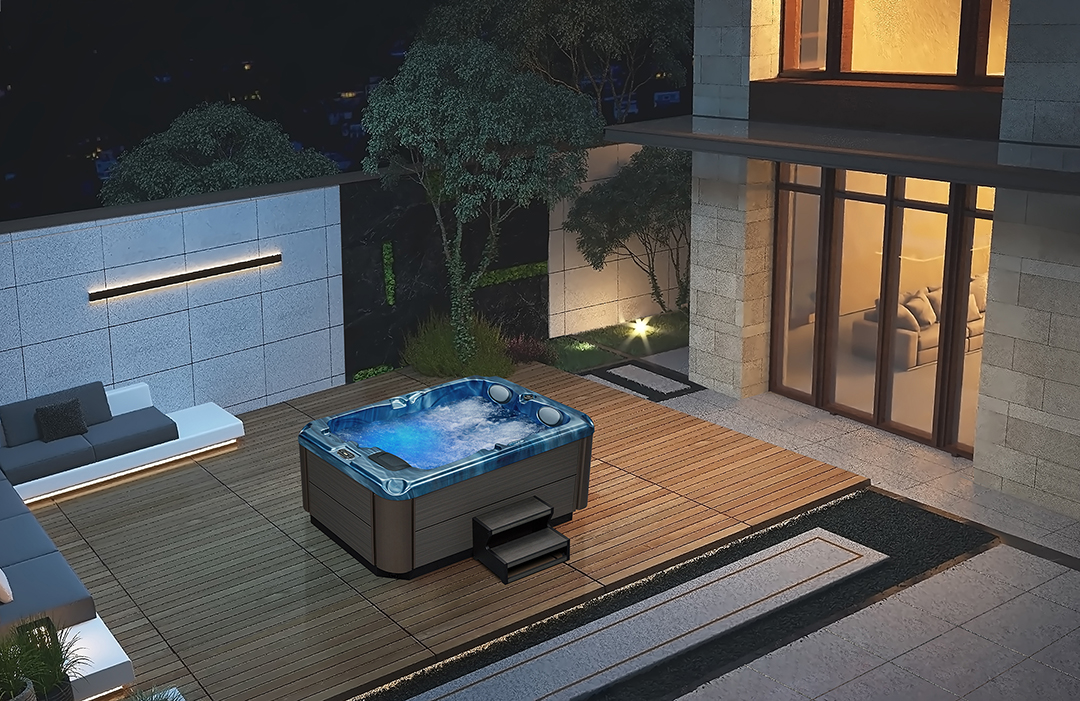Installing an All-in-One Hot Tub: Your Guide to Water and Electrical Requirements
Installing an all-in-one hot tub is an exciting venture that promises relaxation and enjoyment for years to come. However, before you immerse yourself in warm, bubbling bliss, it’s crucial to understand the water and electrical requirements.
Water Requirements:
1. Water Source: Ensure you have a readily available water source nearby for filling and topping up your all-in-one hot tub. A standard garden hose is typically used for this purpose.
2. Water Quality: Ensure that the water you use is balanced in terms of pH, alkalinity, and hardness. Balanced water not only extends the lifespan of your hot tub but also makes it safe for your skin.
3. Water Capacity: Your all-in-one hot tub’s capacity will determine how much water it requires. Most all-in-one hot tubs can hold between 200 and 600 gallons of water.
4. Drainage: Plan for a drainage system to remove and replace the water periodically. You can often use the same hose you used to fill the hot tub to direct the water away from your house and landscaping.
Electrical Requirements:
1. Voltage: All-in-one hot tubs typically require 110-240 volts of electricity, depending on the model and size. Check the manufacturer’s specifications to ensure you have the correct voltage available.
2. GFCI Protection: All hot tubs require Ground Fault Circuit Interrupter (GFCI) protection. This safety feature will automatically cut power if it detects an electrical fault, reducing the risk of electrical shock.
3. Dedicated Circuit: A all-in-one hot tub must be on a dedicated electrical circuit. This means no other appliances or devices should share the same circuit to avoid overloading.
4. Location: Position the hot tub close to the electrical source to minimize wiring and installation costs. Be aware of any local regulations regarding the proximity of the hot tub to the electrical supply.
5. Weather Protection: Consider installing a weatherproof cover for the electrical components to protect them from the elements.
General Tips:
1. Maintenance: Regularly monitor the water quality and electrical components of your all-in-one hot tub. Perform routine maintenance to extend its lifespan and keep it safe to use.
2. Safety First: Always prioritize safety when dealing with electrical systems and water. Educate yourself on the proper usage and precautions associated with your hot tub.
3. Professional Assistance: If you’re unsure about any aspect of the installation process, seek professional guidance. It’s better to invest in expert assistance than risk damage or safety hazards.
In conclusion, installing an all-in-one hot tub is an excellent way to enhance your home’s relaxation and entertainment options. By understanding and meeting the water and electrical requirements, you can ensure that your hot tub functions efficiently, safely, and provides endless hours of enjoyment for you and your family.

